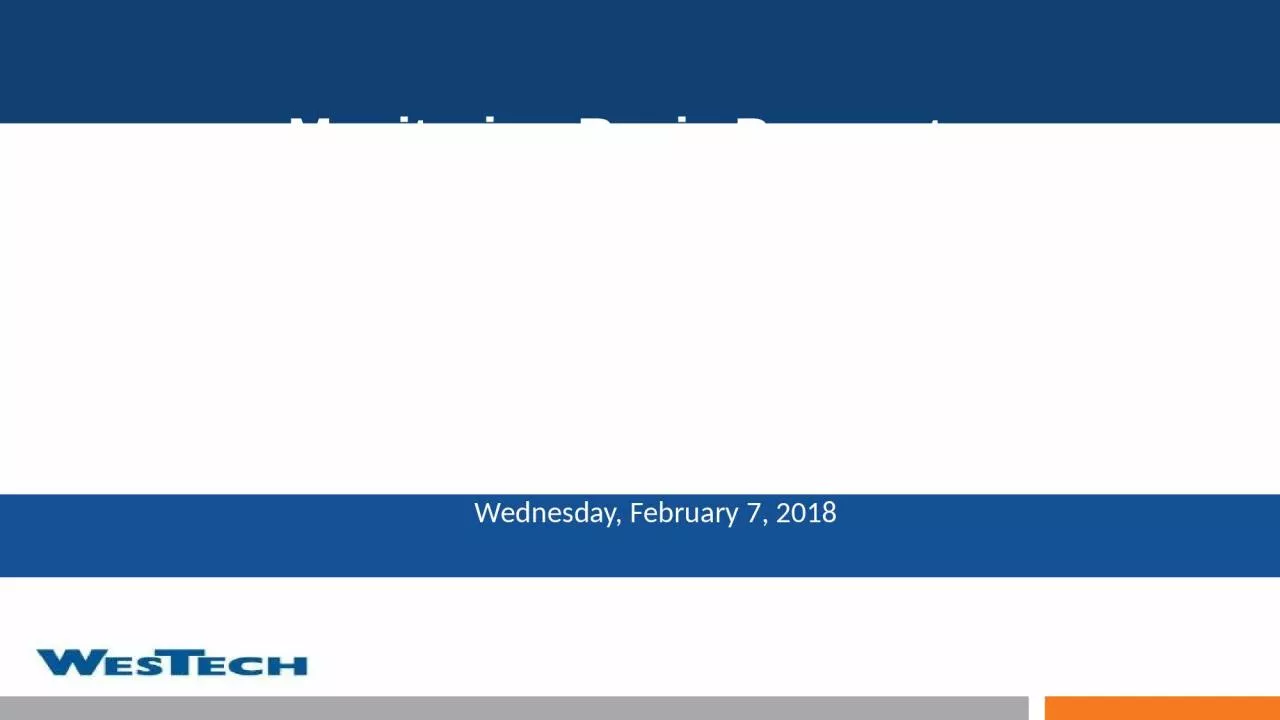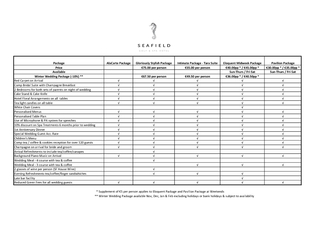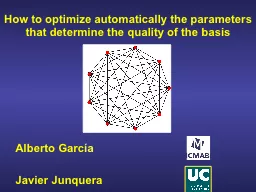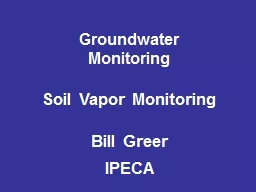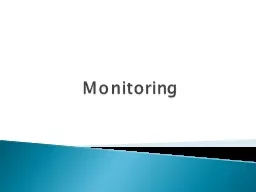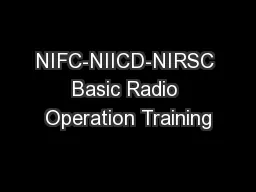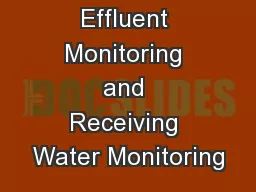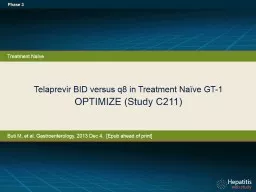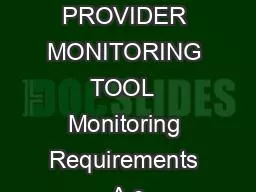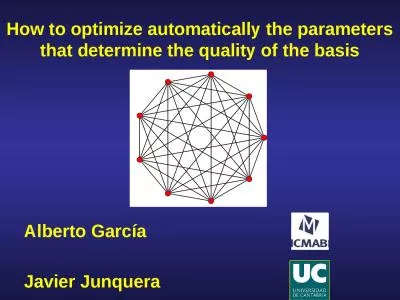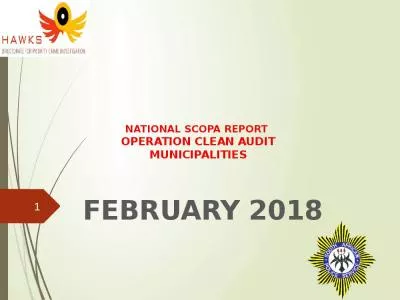PPT-Monitoring Basic Parameters Can Optimize Package Plant Operation
Author : anderson | Published Date : 2024-03-13
Maine Water UtilitiesPortland ME Session 22 Wednesday February 7 2018 Number 1 Thank you Presentation is a Tribute to Small Package Plant in Eastern NY Superintendent
Presentation Embed Code
Download Presentation
Download Presentation The PPT/PDF document "Monitoring Basic Parameters Can Optimize..." is the property of its rightful owner. Permission is granted to download and print the materials on this website for personal, non-commercial use only, and to display it on your personal computer provided you do not modify the materials and that you retain all copyright notices contained in the materials. By downloading content from our website, you accept the terms of this agreement.
Monitoring Basic Parameters Can Optimize Package Plant Operation: Transcript
Download Rules Of Document
"Monitoring Basic Parameters Can Optimize Package Plant Operation"The content belongs to its owner. You may download and print it for personal use, without modification, and keep all copyright notices. By downloading, you agree to these terms.
Related Documents

